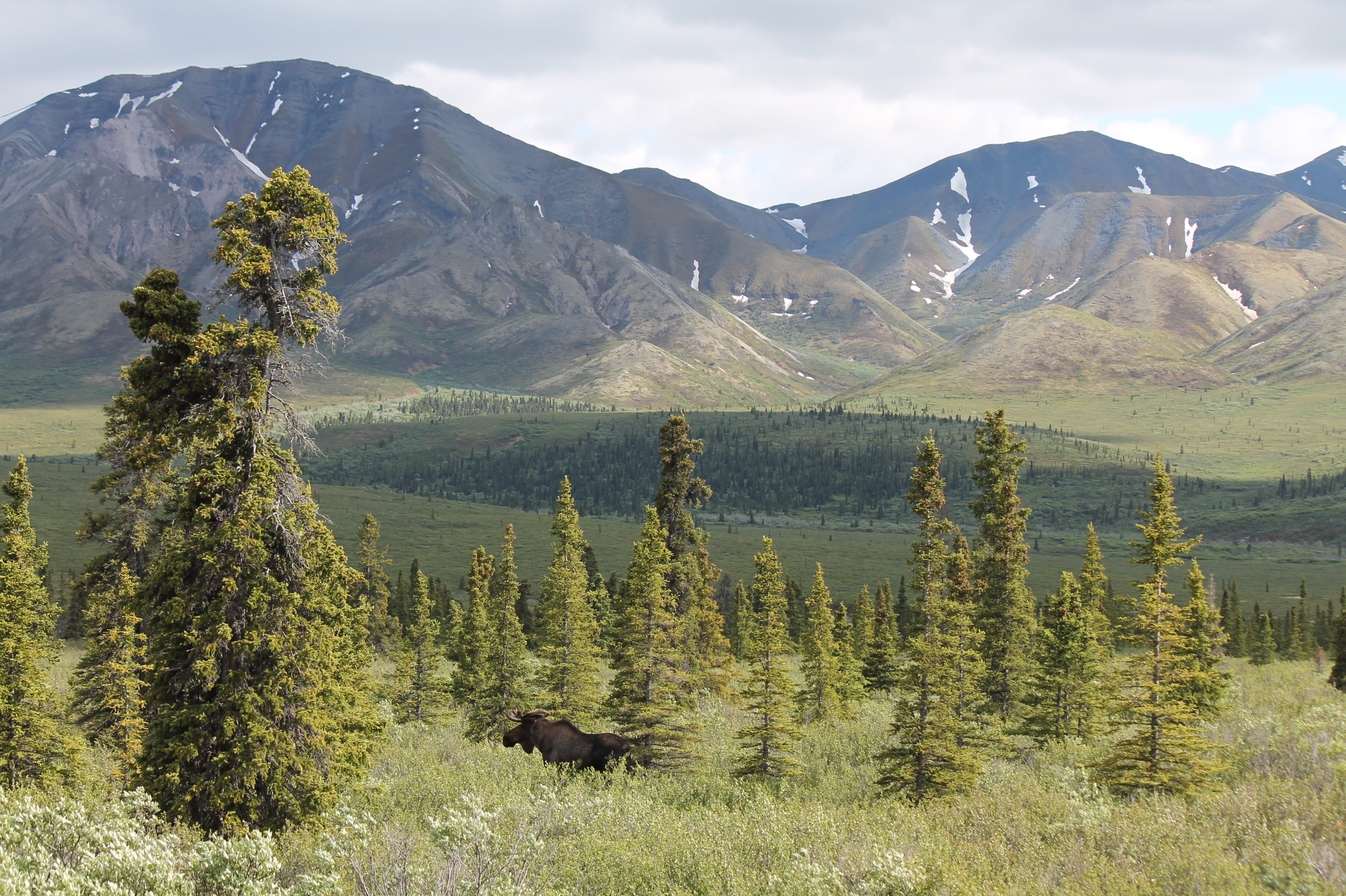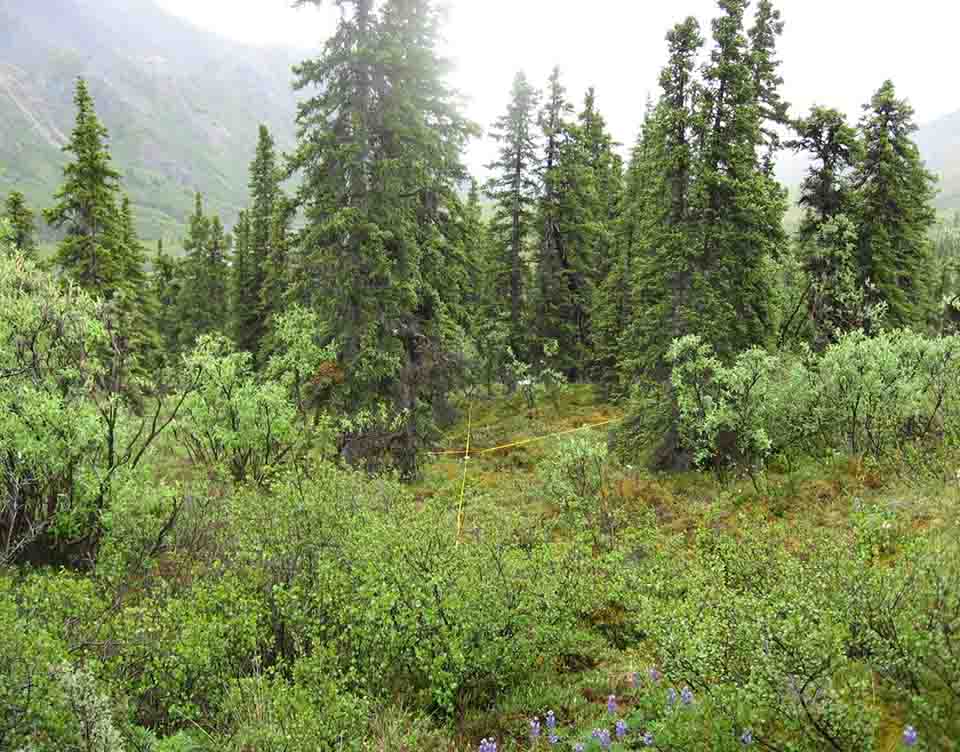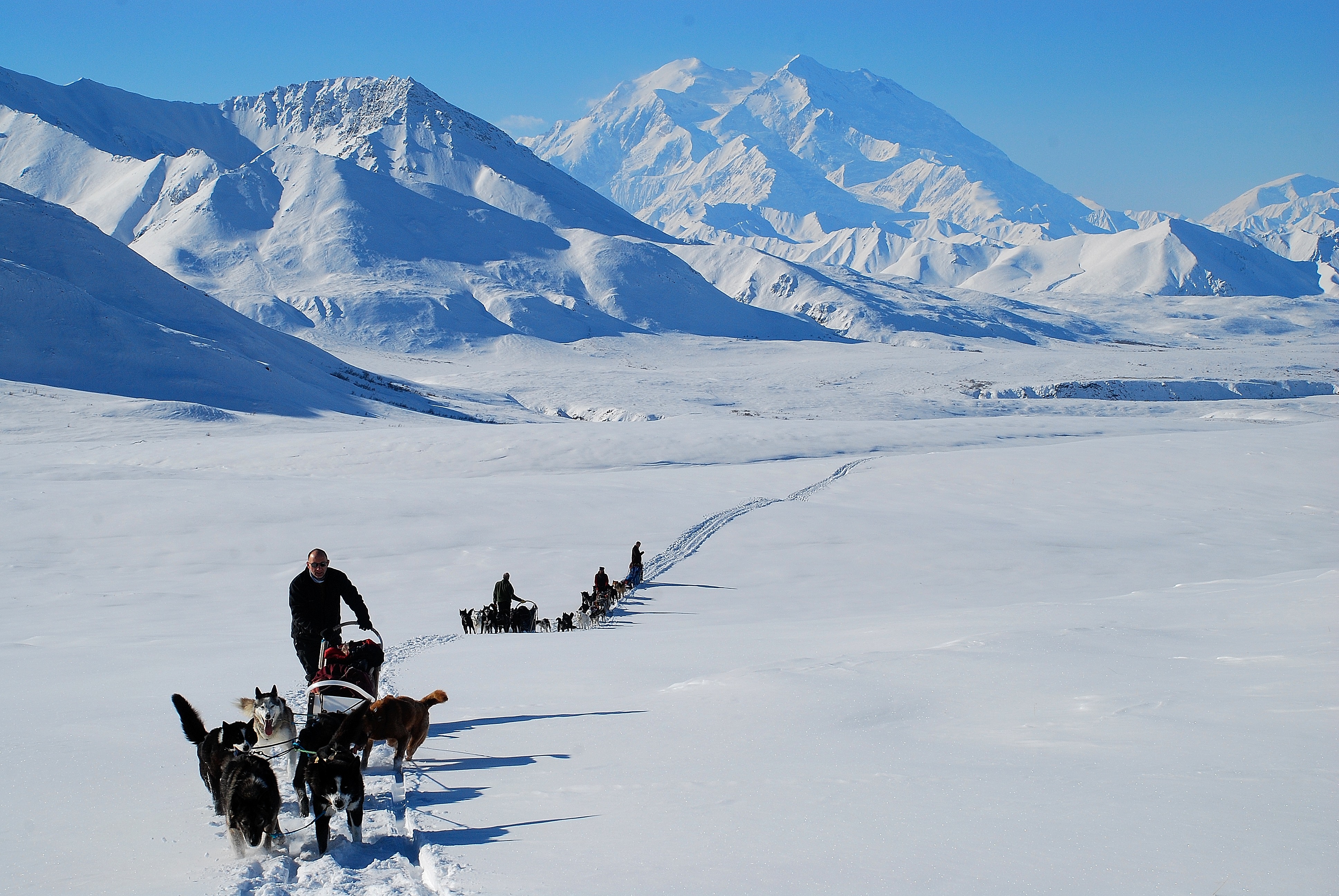



The purpose of visioning for the future of the Denali region is to evaluate stakeholder preferences and trade-offs they are willing to make when thinking about the future of the region. Identifying distinct visions for the future is important in places like Interior Alaska where impacts from climate change are magnified and anticipated to rapidly transform the social-ecological landscape. This information can inform decision-makers about priorities for the future across a gamut of stakeholders and serve as a foundation for participatory planning. This study evaluated visions as part of a mixed mode household survey administered to residents across the Denali region.
To identify preferences and trade-offs for future conditions, a discrete choice experiment that evaluated the strengths of preferences and trade-offs for future conditions of the Denali region was included. Survey data were used to understand preferences for attributes including wildlife populations, off-season tourism, and fire management, as well as the cost of maintaining current conditions of these attributes. Results showed that all of these factors influenced preferences for the future, and that the range of environmental attitudes held by stakeholder groups accounted for variation in the strength of preferences reported by survey respondents.
Previous work that qualitatively evaluated residents’ perceptions of landscape change and knowledge were instrumental in the success of this building block. In particular, an in-depth understanding of relevant landscape features was built prior to developing the parameters in our discrete choice experiment. The collection of pilot testing data was also important to refine the language used in our survey and range of changes that were considered realistic future conditions in the region.
Evaluating residents’ preferences for future landscape conditions and trade-offs they are willing to make when thinking about the future yielded important insights about residents’ priorities. This is crucial information for decision-makers to more effectively meet the needs of their constituencies. The development of this building block also taught lessons about the value of creative, mixed-mode strategies for data collection that would increase the likelihood of diverse perspectives being reflected in the final sample. Overall, working with local stakeholders to understand visions for the future was useful for generating empirical evidence that showed the relative importance of features that describe the Denali landscape. Results are also useful for anticipating resident support or resistance to changes in visions for the future in ways that can help decision-makers understand distinct stakeholders' viewpoints.